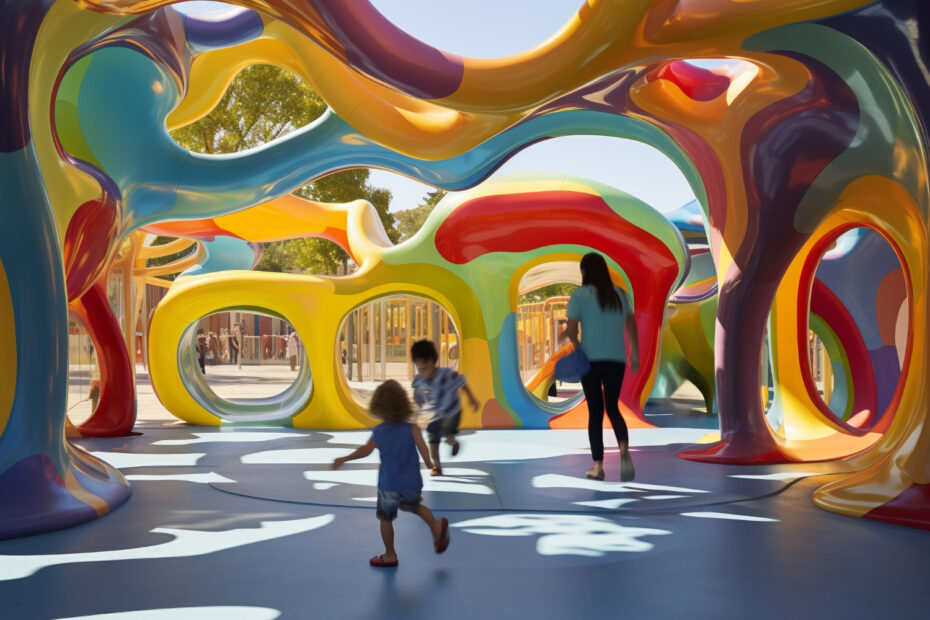Art has the power to transcend boundaries and connect people from all walks of life. Nowhere is this more evident than in public spaces, where art serves as a catalyst for community engagement, cultural enrichment, and urban revitalization.
In cities around the world, public art installations have become integral components of the urban landscape, transforming once mundane spaces into vibrant hubs of creativity and expression. From towering sculptures to colorful murals, these works of art capture the essence of a place and reflect the diversity of its inhabitants.
One of the most compelling aspects of art in public spaces is its ability to spark dialogue and provoke thought. Whether through provocative imagery, powerful messages, or interactive elements, public art invites viewers to engage with their surroundings in new and meaningful ways, fostering a sense of connection and belonging within the community.
Moreover, art in public spaces has the power to redefine our perceptions of the urban environment and challenge conventional notions of beauty and aesthetics. By bringing art out of traditional gallery settings and into the streets, parks, and plazas, cities are able to democratize access to culture and make art more accessible to all.
But perhaps most importantly, art in public spaces has the potential to inspire positive social change and promote cultural understanding. By highlighting issues such as social justice, environmental sustainability, and human rights, public art can serve as a catalyst for activism and advocacy, empowering communities to come together and effect meaningful change.
In conclusion, art in public spaces plays a vital role in shaping the identity and character of cities, fostering creativity, connection, and civic pride. As we continue to embrace the transformative power of art, let us celebrate and support the artists whose vision and talent enrich our lives and enhance our urban environments.
